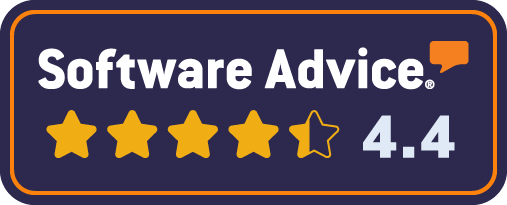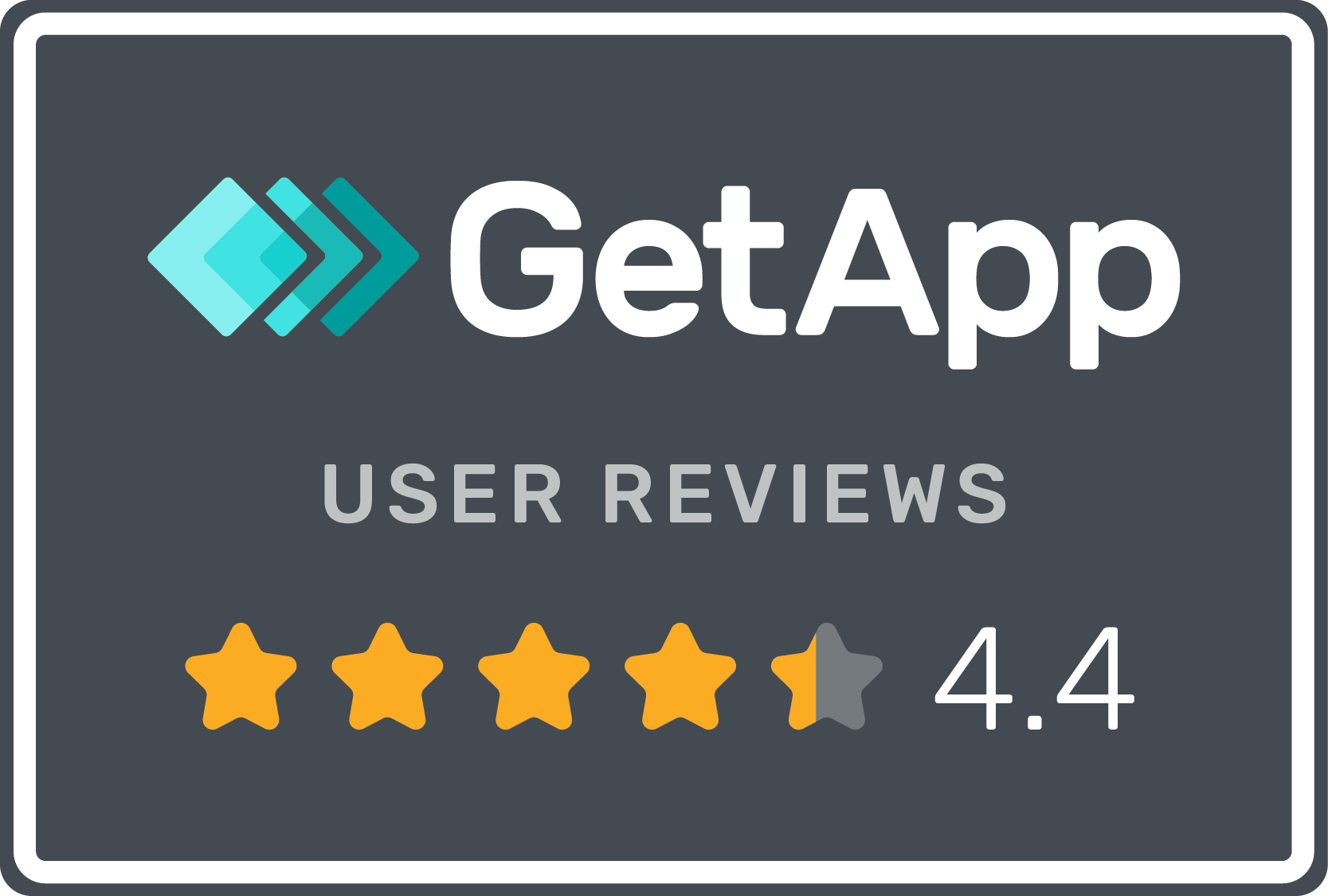Implementing employee engagement strategies is an effective way to improve staff productivity and morale. Here are some methods for increasing engagement.
Engaged employees are productive employees. If you stop and think, you can likely remember which of your past work colleagues were genuinely invested in the company and those who were doing just enough to avoid an awkward conversation with their boss. Having robust employee engagement strategies in place will yield a greater ratio of the former to the latter. Here are some strategies that remain applicable in the workplace in 2022 and why they’re important.
why employment engagement matters
Engagement and productivity go hand in hand. Unengaged employees are less productive. Their lack of productivity leads to poor performance, downtime, revenue loss, and high-cost turnovers. According to the OBR Report, UK employees are, on average, 15% less productive than their EU counterparts.
three Cs of employee engagement
To have an effective engagement strategy, you need to understand the drivers of employee engagement. The elements that bring about high staff engagement and morale can be defined under the three Cs: career, competence, and care.
career
Employees don’t want a job; they want a career. A job and career are not necessarily synonymous. A job is for picking up a paycheque. A career entails much more; it's an occupation an employee can stick with for many years. It also comes with a title the employee is proud of (e.g. HR coordinator at Google, executive producer at the BBC, head of recruitment success at hireful 😉). Employees are engaged if they feel like their work is a career and not just a job.
competence
Employees become engaged if they know their competence and proficiency lead to promotions and advancement opportunities. There should be a system in place that acknowledges high competency and encourages staff to get out of their comfort zone and push themselves.
care
The higher-ups should care for and treat their employees with dignity. Acknowledgment from supervisors, managers, and CEOs goes a long way in making employees feel like they belong. Companies should invest in their employees’ professional and personal well-being.
employee engagement strategies for HR
Now that we have established the three Cs, we can implement an employee strategy template that considers each of these elements. Here’s a list of strategies and the Cs each one covers.
1. reward high performance (competence and care)
If an employee or department achieves a goal, acknowledge the accomplishment. This should go beyond verbal praise or a pat on the back. There should actually be a reward that you can put a price tag on. Examples include:
- A company dinner
- A gift card
- A customised trophy or placard
It motivates employees when they see that the company is willing to set aside a budget to invest in members who perform well.
2. hold employees accountable (competence)
Just as you should reward good performance, you should equally hold employees accountable when they’re clearly in the wrong. Not calling out the bad behaviour of individual employees lowers the morale of the entire staff.
Let’s say an employee consistently clocks in late or clocks out early, and management takes no action. How do you think it would make other employees feel when they’re following the rules, yet this one person does what they want without reprisal?
3. provide continued training and workshops (career and competence)
Strategies should include training beyond the onboarding of new employees. Hold regular training sessions and workshops. The additional training should be an optional but pivotal step for employees interested in career advancement opportunities.
For an effective supplemental training programme, keep the training about 80% online and 20% in-office. Remote training provides more flexibility and makes it easier for employees to participate on their own time.
4. establish a clear path for career advancement (career)
Make it clear what employees have to do if they want to be considered for promotion. A career advancement programme should clearly define the pre-requisites. For example, to be eligible, employees must have:
- Attended company-sponsored training outside of work hours
- Volunteered for at least one leadership role in a project over the past quarter
- Received positive feedback in the last two evaluations
In addition, consider promoting current employees when there’s a vacancy in a supervisor or managerial position, instead of hiring someone new.
5. establish work-life balance (care)
Twenty-two percent of UK adults report job-related burnout. That’s nearly one-fourth of the working population. This is why there should be measures in place to ensure your employees establish a healthy work-life balance. These strategies may minimise on-the-job stress:
- Release your employees early if work is done for the day or if the remaining work can be completed at home.
- Consider a hybrid in-office/remote work environment, such as four days in the office and one day working remotely.
- Be more flexible in your leave policy; make it easier for employees to request time off.
- Plan projects well in advance to avoid work crunches.
measure your employee engagement for free with hireful
Yes, we are primarily focused on helping everyday organisations to recruit better. But recruitment without building a culture that breeds high employee engagement will mean you are losing staff as quick as you can hire them.
This is why we built a free employee engagement survey tool. If you can’t measure it, you can’t improve it, so contact us today and see how we can help.

















